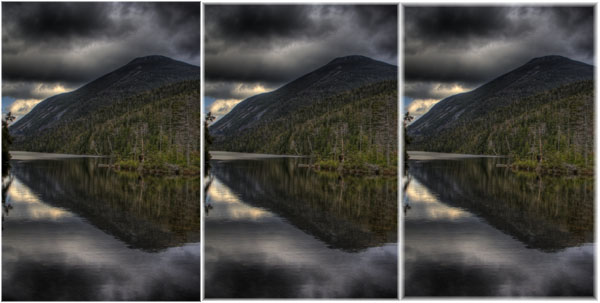Camera Models
Ok, it”s officially a new day, so time for an early morning post that”s actually about photography ![]() Everyone”s first question about taking photos is “what kind of camera should I buy?”. So I feel obligated to reiterate the age old advice: this is the least important decision you will make as a beginner!
Everyone”s first question about taking photos is “what kind of camera should I buy?”. So I feel obligated to reiterate the age old advice: this is the least important decision you will make as a beginner!
Artists will tell you that photos taken with a daguerreotype can still be beautiful, so focus less on the camera you buy and more on what you do with it!
That said, a camera of some sort is still a prerequisite for taking pictures, so a discussion of your options is probably justified. First choice: film or digital. As much as some purists might insist otherwise, a modern digital camera give you so much more flexability and so many more learning opportunities that there is very little reason to buy a film camera anymore. If you like the aesthetics of a film camera, then by all means buy one. But as a beginner I would highly recommend digital so that you can instantly review the impact of setting changes, you don”t have to worry about “wasting” film, and there are no film developing variations to confound the camera changes you made intentionally.
Next choice: SLR or point-and-shoot. Personally I would always suggest an SLR – nearly all models now have point and shoot capability, but as you learn and grow you will appreciate the additional flexibility that the SLR provides. If you just want to be able to take snapshots . . . well, then I”m not sure why you”re reading this blog. Go buy a point-and-shoot, and stop reading about photography. The two advantages that point-and-shoots have are 1) compact size (sometimes), and 2) less expensive. Before you argue that there are some really expensive point-and-shoots out there, let me just say that the really expensive models offer similar lens performance to an SLR plus two lenses, which definitely makes them cheaper.
So why buy and SLR afterall? Oldschool photographers will tell you that the field you see in the viewfinds matches what shows up in the final picture better, but this is rarely even a consideration anymore due to the ability to digitally crop. And the difference is usually a 90% field of view on a really cheap model to a 95% field of view on a standard SLRto a 98% field of view on a top of the line camera. Think you can really tell the difference? Take a look at the example below:

field of view differences
You can probably tell that the white area around the images changes, but can you really tell the difference in the field of view? From left to right the images represent 98%, 95% and 90% field of view. By the way, that”s an HDR image taken in the Adirondack Mountains (Avalanche Lake to be precise in case you were interested).
So it”s not field of view . . . what makes SLRs so special? The two biggest advantages are the target audience (serious photographers), and the ability to change lenses. Changing lenses is self explanatory, and I will leave a discussion of lenses for another post. But don”t look at me like I”m crazy when I say target audience is important! The camera manufacturer had *you* in mind when (s)he designed the SLR, which means there is no compromise in accessability of truely powerful functions. In layman”s terms, this means it”s easy to screw up a photo. In photographer”s terms, it”s the difference between capturing a great photo and missing it. Point-and-shoot manufacturers hide the powerful features – the ones that were often the *only* controls on film cameras – buried in layers and layers of menus. You will never manage to dig out the shutter speed control in time to capture a hummingbird hovering or the ferrari tearing up your suburban street. The reason is to prevent people who don”t know what they”re doing from accidentally setting these controls incorrectly. But you”re not one of those people. You want to take *really* good photos, not just better snapshots. Right?
Stay tuned, details on specific SLRs is coming tomorrow . . . or maybe later today ![]()



Leave a Reply